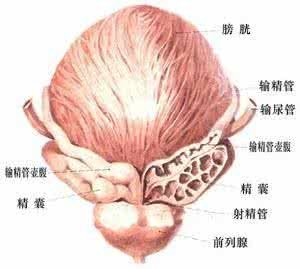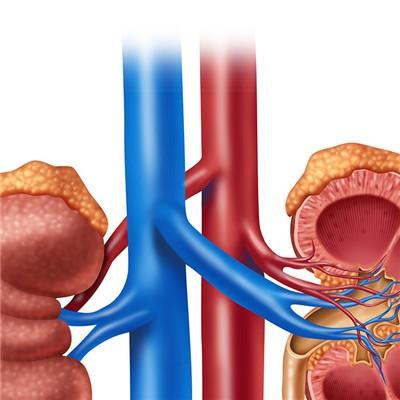How to self detect fetal movement?
summary
After seven months of pregnancy, pregnant women can't go to the doctor at any time. Therefore, if we can master some relevant knowledge under the guidance of the doctor, and learn the method of self-examination for the growth and development of the fetus. It will find the abnormality in time, so as to ensure the health and safety of mother and child, and reduce the perinatal mortality and disability rate. The main tips are as follows:
How to self detect fetal movement?
The normal growth and development of fetus and the condition of amniotic fluid can be known indirectly by measuring the height of uterus. Within 20-26 weeks of normal pregnancy, the height of uterine fundus increased by 1 cm per week; After 36 weeks, the height of the uterine fundus increased slowly or even decreased due to the descent of the fetal head or into the pelvis. Methods: after micturition, the pregnant woman took supine position, curled up with both legs, felt the upper edge of pubic symphysis with her left hand, touched the bottom of uterus with her right hand, and then measured the distance from the upper edge of pubic symphysis to the bottom of uterus by the father to be or other relatives; At the end of the sixth month, the height of the uterine fundus was one finger above the umbilicus; At the end of the seventh month, the height of the uterine fundus was 3 fingers above the umbilicus; At the end of 8 months, the height of the fundus was between the umbilicus and xiphoid process (lower sternum); At the end of 9 months, the height of the uterine fundus was 2 fingers below the xiphoid process; At the end of the 10th month, the height of the uterine fundus rises slowly, between the umbilicus and xiphoid process.

Fetal heart rate can directly reflect the safety of the fetus in the uterus. In the sixth month of pregnancy, you can hear the sound of the fetal baby's heart beating on the pregnant mother's abdominal wall, just like the clock ticking. The speed is very fast, usually 120-160 times per minute. When a pregnant mother goes to the hospital for prenatal examination, she can first ask the health care doctor to help determine the location of the fetal heart, but make a mark on her abdomen. After returning home, the loving husband borrowed a wooden receiver and listened to it 1-3 times a day. Methods: pregnant mother supine on the bed, legs straight, the husband put the wooden receiver directly on the abdominal wall. Fetal heart rate more than 160 times per minute or less than 120 times per minute, or irregular beating are abnormal, indicating that the fetus has hypoxia in the uterus, should go to the doctor in time.

The number of fetal movements can also directly reflect the safety of the fetus in the uterus. After 18-20 weeks of pregnancy, the fetus often does arm extension and leg kicking in the uterus, which is called fetal movement. At the beginning, the frequency was less, then gradually increased, usually reached the peak in 29-38 weeks of pregnancy. The method of counting fetal movements is: the pregnant mother lies on her back or left side on the bed and puts her palms on the abdominal wall. Count every morning, afternoon and evening for 1 hour each time, and then multiply 3 hours of fetal movement by 4 (equal to 12 hours of fetal movement). If it is less than 20 times or half less than before, or the fetal movement is too frequent, combined with abnormal fetal heart rate changes, the baby may be in danger, so you should see a doctor as soon as possible. If the number of fetal movements in 12 hours is about 30, it indicates that the baby is in good condition.

matters needing attention
Fetal movement is best carried out in a state of quiet and concentration. Fetal movement is at most at 8-9 p.m., generally from 8 a.m. to noon, and at the lowest point from 2-8 p.m. If the fetal movement is less than 10 times, it means that the fetus is obviously in the womb. If the fetal movement disappears after severe fetal movement, it means that the fetus is suffering from acute severe intrauterine hypoxia, placental abruption, umbilical cord compression and so on. It is necessary to go to the hospital immediately to save the life of the fetus.

















